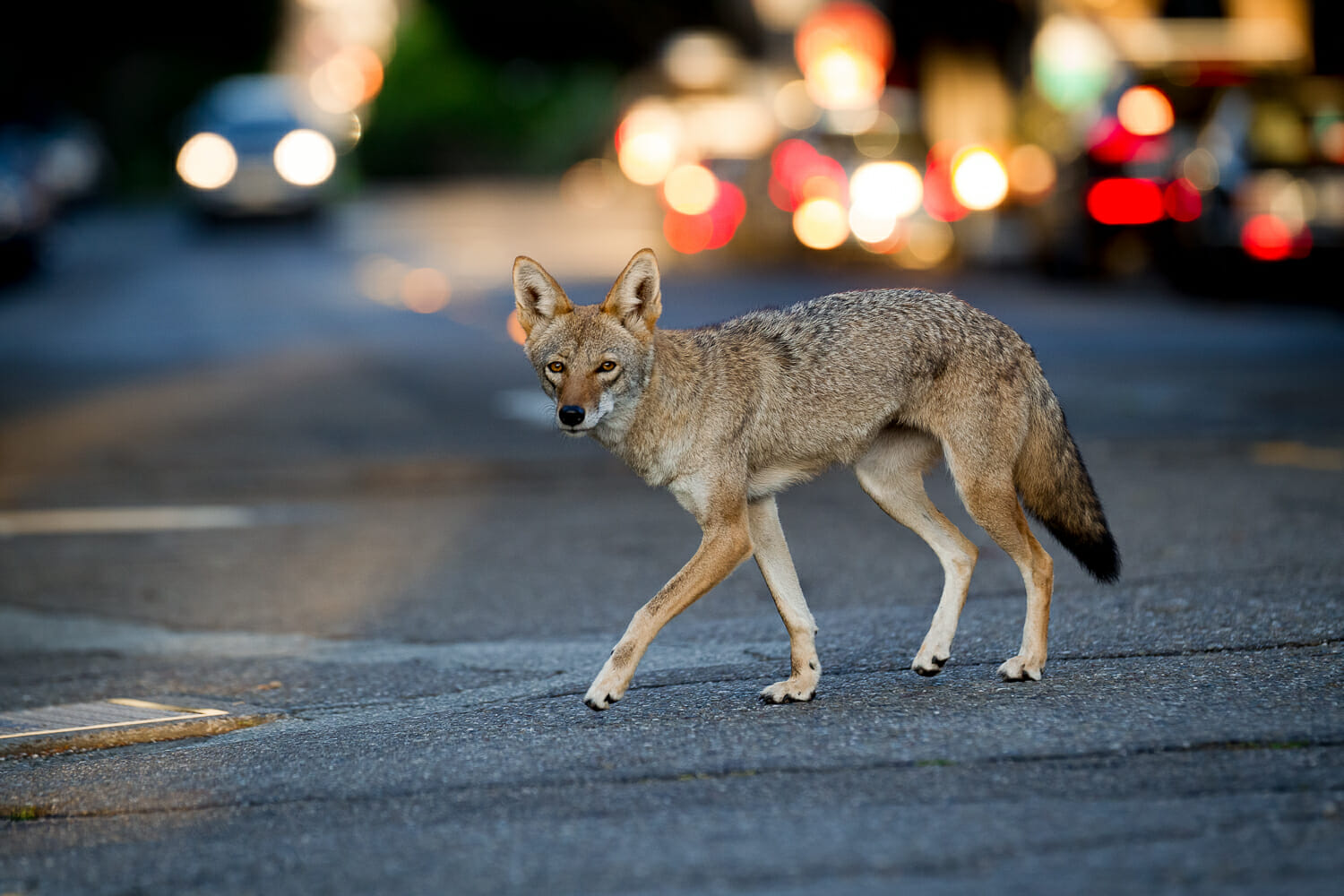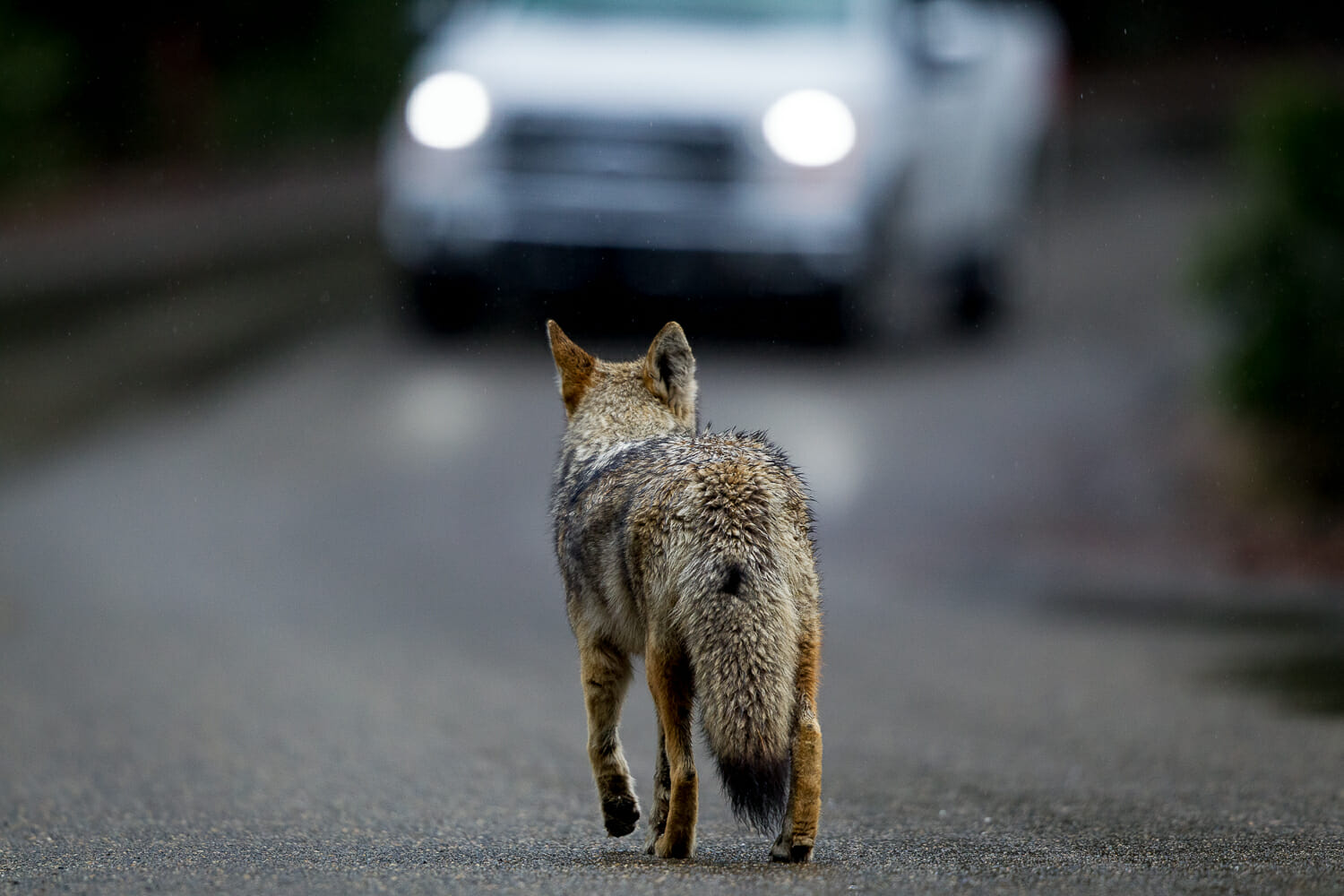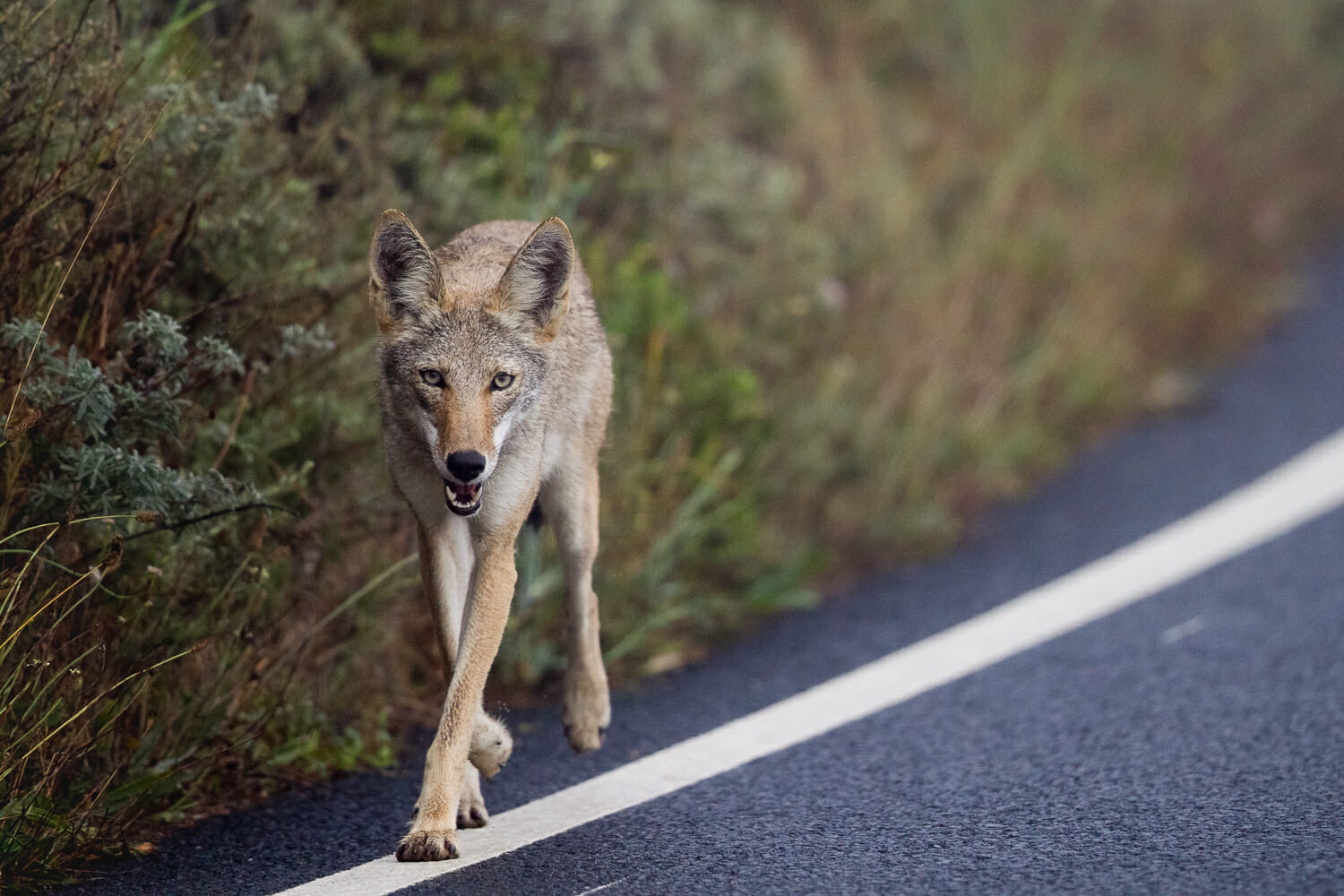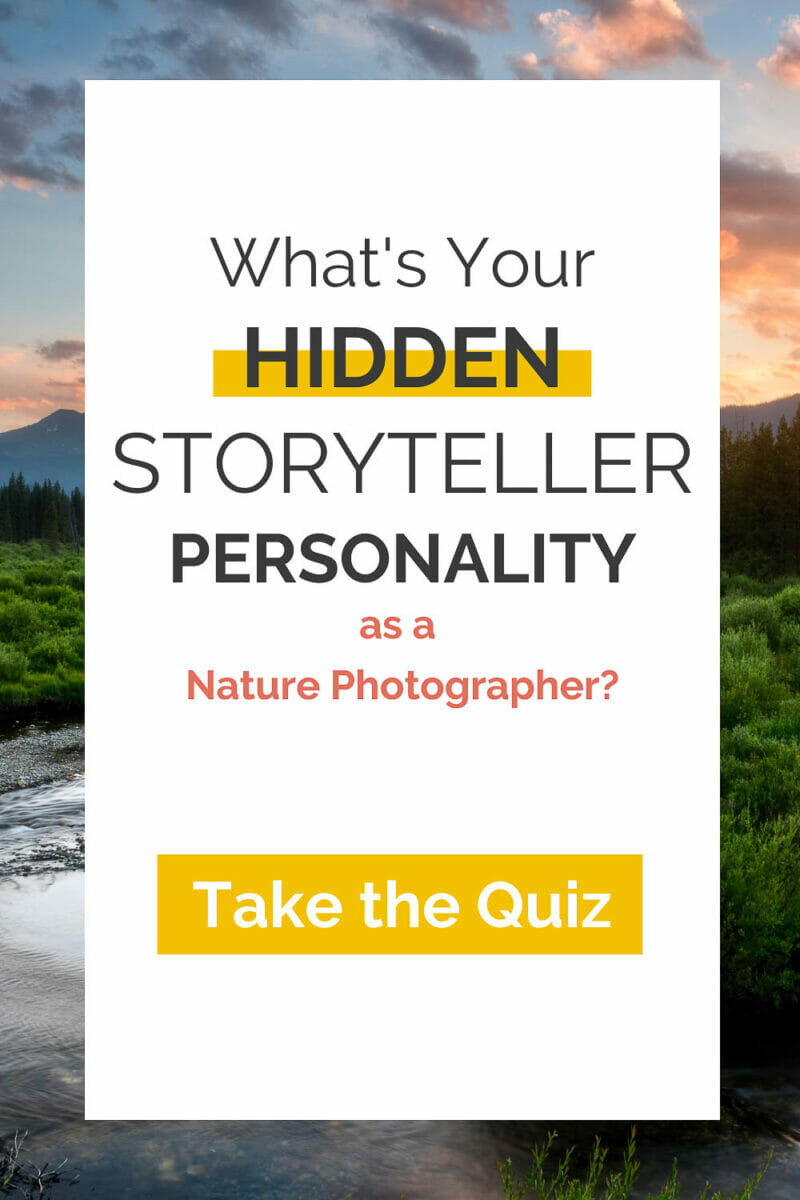Read Time: 10 minutes
So, you’ve jumped wholeheartedly into conservation photography and are gaining momentum. Now you’re ready to go big on a project… and that comes with a big question: how do you fund these projects?
Trying to figure out the best route for financing your passions can be overwhelming.
Luckily there are many options, from grants and sponsorships to crowd-sourcing and communities. With some research and planning, getting the financial support needed for your project is doable.
In this article, we’ll look in-depth at common funding options, including breaking down each option so you can decide which works best for you!
Photography Grants
Grants are just one avenue for providing financial support to conservation photographers. Most often offered by conservation organizations, scientists, and policymakers, accepting grant money allows photographers to create environmental narratives that are data-driven and effective.
In addition to funding projects, grants are also available to help cover costs for training and other resources needed to further hone the photographer’s skills, like attending workshops, purchasing new equipment, or traveling.
The first step towards landing a grant is to research what’s available for conservation photography projects. Consider what’s offered by larger-scale organizations like The Nature Conservancy, National Geographic Society, and The Pulitzer Center on Crisis Reporting, but don’t overlook local and regional organizations and institutions, too.
Once you spot a grant with terms that work for you, create a proposal that aligns with the organization’s objectives. Include a project plan, budget, timeline, and how your work will help advance conservation. After submitting your proposal, follow up to keep your grant application on their radar and ask for feedback, comments, and advice.
Benefits:
- Grants allow you to focus on your creative work without worrying about the project’s financial aspect
- Grants often have specific guidelines that provide a framework for you to structure your projects, helping to ensure that the project is well-planned and smoothly executed
- Grants help you establish relationships with funders and conservation organizations, leading to future collaborations
Drawbacks:
- Grant applications can be competitive, making it difficult for you to secure funding
- Grant funding may not cover all expenses associated with the project, leaving you to cover some costs yourself
- Grant funding often requires meeting specific requirements and producing a final product that meets the funder’s expectations, potentially limiting your creative control
- Grant funding may also come with deadlines and reporting requirements that can add to your workload
Crowdfunding Campaigns
Many crowdfunding platforms are available, but we’ll look specifically at one of the most popular: Kickstarter.
This crowdfunding platform allows users to create campaigns and share their vision with a broad audience, then encourage them to contribute financially.
Kickstarter campaigns give photographers complete control over funds raised and allow them to interact directly with donors, inspiring a sense of community around the project.
Moreover, a Kickstarter campaign can help conservation photographers gain exposure and reach people who want to support conservation through photography and enable them to become part of the environmental movement.
Recommended: Check out episode 35 on the Impact podcast 3 Simple Ways to Fund Your Photography Project for even more inspiration and ideas.
To get started, identify your objectives, target audience, and funding goals. With that information in mind, create a concise, engaging campaign that details supporter incentives, such as early backers receiving exclusive prints or having the opportunity to attend the exhibit launch.
The campaign page should clearly state what the funds will be used for, as transparency builds trust with backers. Create a robust social media and email marketing plan with social media promotion beginning before the campaign launch to build initial buzz and an ongoing push during the campaign to ensure that the project remains top-of-mind.
Benefits:
- Provides a platform for you to showcase your work and gain exposure to a broad audience
- Connect directly with supporters and build a community of followers that can sustain your work beyond the project
- You keep creative control over your projects, as you’re are not beholden to specific guidelines set out by a funder
- Generates buzz and interest in the project, potentially leading to media coverage or additional funding opportunities
Drawbacks:
- Running a campaign is time-consuming and requires a significant upfront investment in building a campaign, marketing, and outreach efforts
- While successfully funding a campaign can generate financial support for the project, it doesn’t guarantee ongoing financial support or sustainability beyond the end of the campaign
- Kickstarter campaigns can be competitive, with many other photography projects vying for the attention and support of backers
- There’s no guarantee of a campaign’s success, leading to potential disappointment and wasted effort if the campaign fails to reach its funding goal
It often takes multiple strategies to bring in enough funding. My long-term conservation photography project, Urban Coyote Initiative, used memberships, grants, image licensing, donations via our fiscal sponsor, and client projects to fund our fieldwork.
Memberships
A paid membership community is a great way to build support for your work, plus enjoy consistent monthly revenue you can apply toward a project.
There’s a growing number of membership sites available for you to use. One of the most popular, and which we’ll use as our example, is Patreon.
Patreon is a simple-to-use subscription-based crowdfunding platform that allows creatives to receive regular financial support from individual patrons in exchange for exclusive content, rewards, or access while allowing the user to retain control and independence in decision-making.
By leveraging Patreon’s system, conservation photographers can have reasonably predictable and consistent funding that enables them to focus more on their work and build a supportive community around their efforts.
A membership on a platform like Patreon can reduce reliance on grants or commercial projects that may compromise your creative vision.
To build a thriving Patreon-based membership community, establish a clear content strategy, determine the rewards you want to provide your supporters, and a posting schedule.
This may include monthly newsletters, exclusive images, behind-the-scenes videos, and early access to new projects.
Consistent communication with patrons is essential, including regular updates, responding to messages, and showing gratitude for their support.
Engaging with followers, listening to feedback, and offering exclusive content and rewards are key to building a loyal community and sustaining ongoing patron support.
When deciding on rewards to offer supporters, think about the overhead cost and time involved in delivering those rewards. Make sure you can easily and consistently provide the rewards you decide on.
And when determining your pricing tiers, ensure that the rewards provided in each tier offer enough value to incentivize patrons to contribute.
Benefits:
- Memberships provide a consistent, recurring income creating a sustainable source of funding
- Memberships allow you to connect directly with your audience, fostering a community of supporters who appreciate your work
- You retain creative control over your projects, creating content that resonates with your audience rather than adhering to specific guidelines set out by a funder
- Memberships provide a platform for you to experiment with new ideas and projects, receiving feedback from supporters to refine your work
- Memberships allow photographers to establish relationships with patrons who are invested in their ongoing work.
Drawbacks:
- Memberships – even on simplified platforms like Patreon – require a significant time investment in creating and managing content, connecting with supporters, and fulfilling rewards, leading to potential burnout
- Membership pledges can vary month-to-month, making it challenging to forecast future funding and ensure stable income
- Memberships require constant effort to keep supporters engaged and motivated to continue supporting the project
- A membership’s subscription-based model means you need a sizable and engaged audience to generate a significant income
- Patreon and some other membership platforms take a percentage of the income generated
Sponsorships can be an incredible financial resource. The more practiced you become at networking, the easier it becomes to find potential sponsors and craft the perfect package.
Private Sponsorships
Private sponsorship can be an effective way to fund projects, particularly expansive and long-term ones. Sponsorship offers flexibility, allowing conservation photographers to have complete control over their projects, which enables them to stay true to their creative vision, ethics, and conservation goals.
In addition to financial backing, private sponsors can provide access to resources, such as technical support or marketing advice, that can boost the project’s impact.
Although private sponsorship requires careful selection and a lot of negotiation, it can provide substantial and sustainable funding.
The first step to securing private sponsorship is identifying potential sponsors whose values and mission align with the project. Networking, attending events, and reaching out online can help photographers establish relationships with potential sponsors.
Before approaching a potential sponsor, create a clear and concise pitch by pulling together relevant information about the project, including budgets and timelines, objectives, and expected outcomes, emphasizing the unique value and impact of the project, as well as the benefits of a partnership.
Once a sponsor agrees to support the project, clearly define the scope of the agreement, including detailed deliverables, timelines, and fees involved. Maintain open communication and regular updates with sponsors to keep them engaged and ensure that they remain committed to supporting the project.
Benefits:
- Private sponsors can offer significant financial support, allowing you to focus on your creative work without worrying about funding
- Private sponsors may offer more flexibility regarding the project scope and expectations, which means you have greater creative freedom
- Sponsors may have access to platforms for you to showcase your work, potentially leading to more exposure and opportunities in the future
- Sponsors may offer partnerships and collaborations beyond the scope of a single project, leading to ongoing support and opportunities as you come up with new ideas and initiatives
Drawbacks:
- Finding private sponsors can be challenging and require significant networking and outreach efforts
- Private sponsors may want to provide input or direction in the project, or have specific expectations, which can lead to a feeling of obligation or losing a level of creative control
- Sponsors may also have specific objectives and messaging they want to be included in the project, which may not align perfectly with your vision
- Securing private sponsorship requires maintaining relationships and delivering on commitments made to sponsors, which can add to your overall workload
Corporate sponsors may provide cash, or provide in-kind support such as specific equipment, resources, or consulting. One company sponsored Urban Coyote Initiative by providing us with camera trap equipment, which we used to complete fieldwork funded by a grant.
Corporate Sponsorships
Corporate sponsorship can provide broad exposure, a large audience, and added credibility, as well as provide long-term, sustainable funding as corporations often budget for corporate social responsibility (CSR) activities.
Corporate sponsors can also assist in fundraising and offer access to in-kind support such as resources, equipment, or expertise.
While working with corporate sponsors, ensure that your partnership aligns with your values and the organization’s goals, and that the corporate sponsor’s support does not influence the authenticity of the photographer’s conservation messages.
Just as you would do when approaching private sponsors, create a clear and compelling pitch. Emphasize the unique value and impact of the project while highlighting the benefits of a partnership for the corporation and its goals. Show how it is a win-win opportunity.
If the company agrees to support the project, establish the specific criteria for the partnership, including funding parameters and the project’s deliverables.
Lastly, keep the sponsor engaged and motivated to continue their support through ongoing communication and updates on the project.
Benefits:
- Corporate sponsors can offer significant funding, providing the resources necessary to create ambitious and large-scale projects
- Corporate sponsors often have a broader reach and a larger audience, allowing photography projects to reach a wider audience
- Corporate sponsors can also offer in-kind support, such as venue space or equipment, that can help reduce project costs
- Partnering with corporate sponsors can increase media exposure and publicity for the project and the photographer
- Corporate sponsorship can lead to longer-term relationships and collaborations beyond the initial project
Drawbacks:
- Corporate sponsor expectations can be high, leading to potential pressure to create content that aligns with the sponsor’s objectives and messaging
- Corporate sponsors may have specific branding or messaging requirements that can limit your creative freedom
- Corporate sponsorship may come with conditions, such as exclusion clauses that limit future partnership opportunities
- There is a risk that the project will be seen as commercial or biased towards the interests of the corporate sponsor rather than remaining true to the project’s conservation objectives
- Like private sponsorships, finding the appropriate corporate sponsors for a conservation photography project can be difficult and require extensive networking and outreach efforts
Some grants are only provided to nonprofits, so pairing with an organization that acts as your fiscal sponsor can open up a whole new world of grant and funding opportunities. Urban Coyote Initiative partnered with WILD Foundation so we could go after bigger donations.
Fiscal Sponsorships
Fiscal sponsors are established nonprofit organizations that offer their legal and tax-exempt status to independent projects that do not have their 501(c)(3) tax-exempt status, enabling conservation photographers to receive donations or grants that are tax-deductible and provide administrative support such as financial management, payroll services, and insurance coverage.
Conservation photographers who partner with fiscal sponsors can focus on their creative work while leaving their project’s administrative and financial aspects to the fiscal sponsor.
The fiscal sponsor’s role is to act as a go-between, connecting photographers with donors, handling donations, and receiving and disbursing funds. They can also provide important credibility for the project by attesting to their nonprofit status, making it easier to receive grants and other financial support.
Some organizations who act as fiscal sponsors for conservation photography projects include WILD Foundation and Blue Earth.
Securing fiscal sponsorship for a conservation photography project requires identifying organizations that offer fiscal sponsorship and align with the project’s mission and objectives.
Research and vet potential fiscal sponsors, ensuring they have a strong track record of supporting projects similar to yours. Then prepare a detailed proposal describing the project’s goals, objectives, budget, and expected outcomes.
Once the fiscal sponsor is on board, establish a clear plan for the partnership, specifying all details such as funding distribution, project objectives, and responsibilities of each party.
Throughout the project, photographers should be transparent and maintain clear communication with the fiscal sponsor, providing regular updates on the project’s progress, including any fundraising plans or budget and timeline changes.
Benefits:
- Fiscal sponsorship provides an opportunity for you to receive tax-deductible donations from supporters, making donating to your project all the more enticing
- Fiscal sponsors can provide administrative support, financial management, and grant application assistance, freeing up your time to focus on your creative work
- Fiscal sponsorship allows you access to funding from sources (such as some grants or corporate sponsors) that may only offer donations to nonprofit organizations, increasing the potential funding pool
- Fiscal sponsors often have a reputation and established relationships with donors, increasing your project’s credibility and aiding fundraising efforts
Drawbacks:
- Most fiscal sponsors require you to give a percentage of the funds raised as an administrative fee
- Fiscal sponsorship may limit your project’s sustainability as the funding depends on the fiscal sponsor’s willingness to support the project, which could change over time
- Fiscal sponsorship requires significant administrative work to set up, manage financials, and communicate with the sponsor, which can be time-consuming
- Fiscal sponsorship means you’re entrusting part of your project management to a third-party organization, which may cause some friction in decision-making
Recommended: Check out episode 53 on the Impact podcast How to Find a Fiscal Sponsor for Your Conservation Photography Projects with Vance Martin of WILD Foundation for the what, why and how of this strategy.
Funding is a crucial aspect of successfully executing impactful conservation photography projects. While securing funding might feel daunting, there are a variety of approaches you can take to get the financial resources you need for success.
With some clarity and inspiration for project funding now in place, you’re likely ready and raring to go on a project!
Often, collaborating with a nonprofit is a great place to start, especially if you’re new to conservation photography.
So, in the next chapter, we’ll walk you through how to connect with a nonprofit, design a collaboration, and avoid common hurdles.












